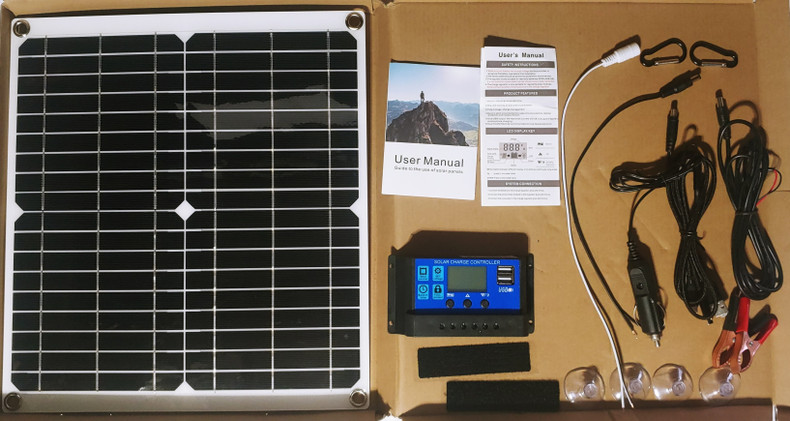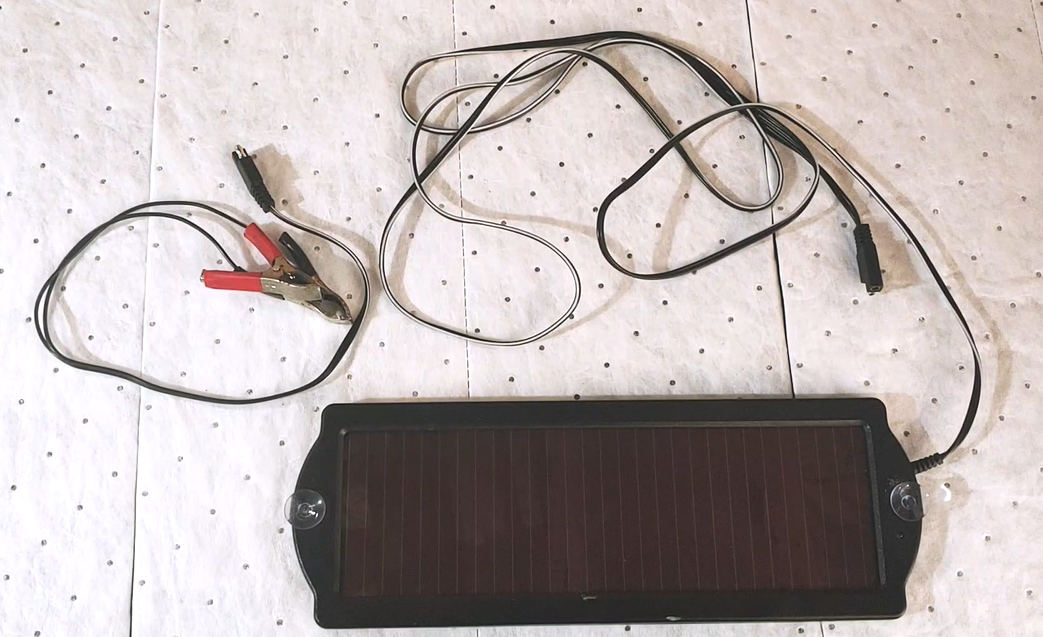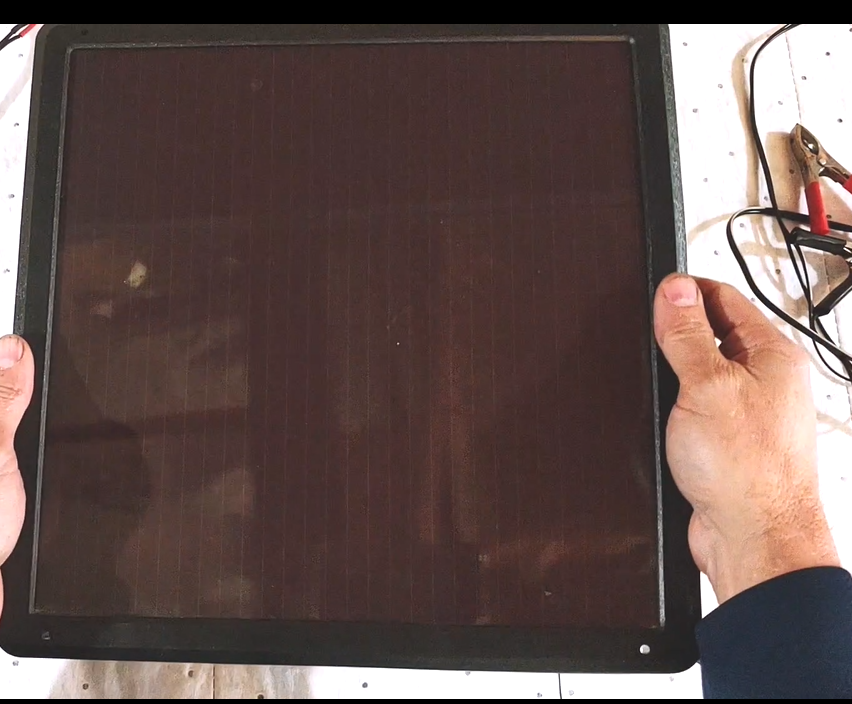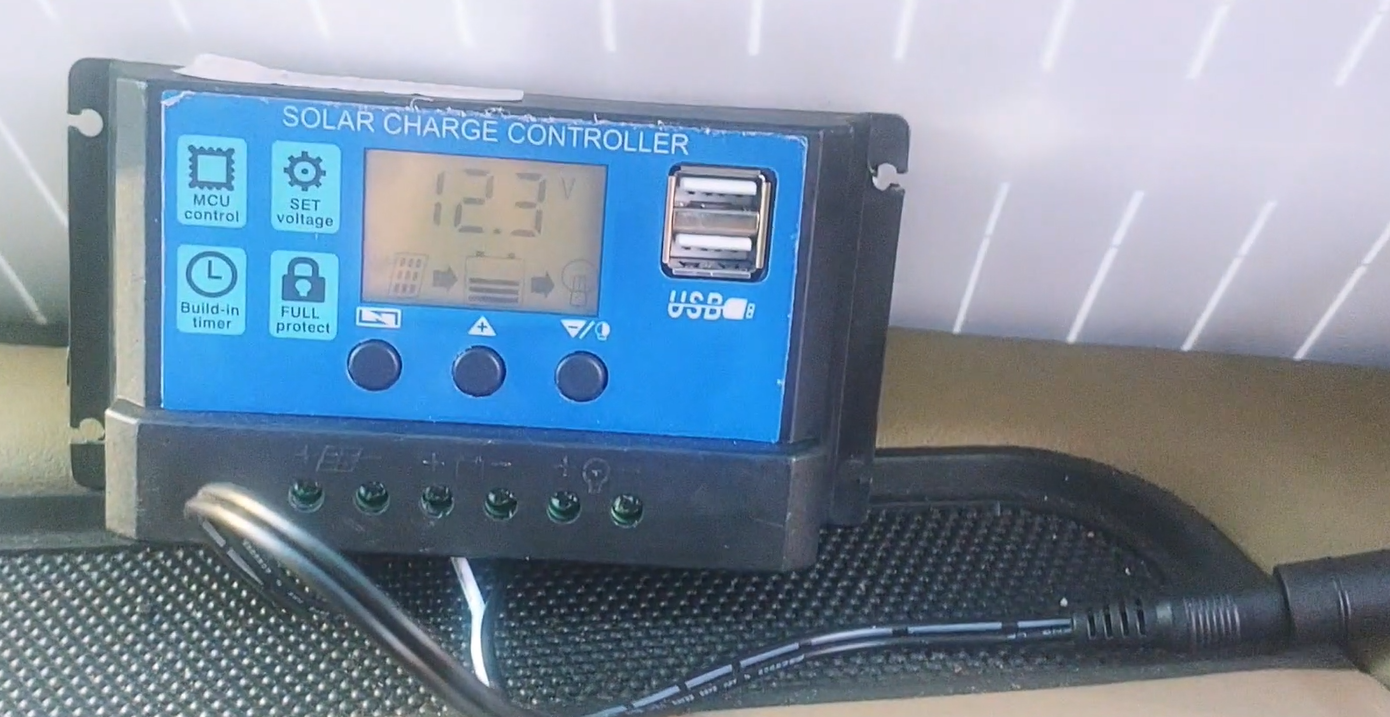The problem: Keeping batteries charged in occasional use vehicles
In this post we are going to address the ongoing issue of keeping the battery charged on your occasional use vehicle. Many of us have vehicles we use only occasionally whether it be from the fact that our work from home lifestyle means we don't commute daily anymore or we have a weekend adventure vehicle or maybe just a spare or project vehicle that doesn't get driven often enough to keep the battery charged and the natural decay of automotive lead acid batteries means that within a relatively short period of time the battery will lose sufficient charge to start the vehicle. To make matters worse vehicles with computerized engine, body and safety systems use more energy even when parked to keep personalized settings and remote functions ready. Through experience we have learned that after a few cycles of a battery going dead and being recharged fully it is no longer capable of holding a full recharge even for a short period of time, leading to the need to replace it. Ideally this constant battery drain and decay is countered by keeping the vehicle connected to a trickle charger connected to an electrical power source, however this solution comes with the inconvenience of needing to disconnect the car before driving it as well as the need to have it located close to a power outlet. This is perhaps not possible for vehicles parked outside or where it is desirable to drive the vehicle at moments notice. Extinct motorsports has been struggling with exactly these issues with our fleet for several years now and after trying a number of different solutions that did not work for us we decided to have units custom produced to our specifications to meet our needs.
Initial Solution Attempts
Our initial attempt to resolve our own struggles with these issues we tried both the large and small solar battery charging units available from Harbor freight and found that the small one did not have enough output to keep the battery charged over extended periods and the larger one although it had more charging capacity it came with a heavy frame that felt both inconvenient and fragile to handle/use and not designed to stay secured to the windshield (ideally we could position a charger in an alternate window, however with many vehicles having significant window tinting in the side or back windows which would limit charger output windshield positioning typically provides the best results). Neither came with a controller to allow monitoring of the battery condition and to prevent overcharging on bright sunny days, again resulting in the killing of a few batteries before we learned out lesson.
We gave units available on Amazon a try but the units had several limitations including output that was a bit small to counteract the parasitic drain we measured on most of the vehicles in our fleet, lack of a controller (requiring us to source that separately and then custom configure the connections), and connections that were too short to reach from the windshield to the battery location on some of our larger trucks among other things.
Custom Configured Final Solution
After a few rounds of less than ideal solutions to the issue we decided maybe the best solution would be to custom configure and source a system that would meet our requirements, so we started with defining the requirements to make sure we did not miss anything:
Must
1. System needs to have enough output to counteract parasitic drain even in shorter daylight duration winter months
2. System must include a controller to prevent overcharging and damaging the battery in bright long summer months.
3. Connection length sufficient to reach battery terminals on larger vehicles from windshield position
Wants
1. Panel sized to optimize balance between charging capacity and windshield installation and occasional drives without removing panel.
2. Ability to visually see system function and battery condition (voltage).
3. Ability to quickly and conveniently disconnect from windshield and battery and store out of the way during vehicle use
4. Rugged construction
5. Warranty period superior to retail alternatives
6. Connector options to include cigarette lighter connections as well as battery terminal connections.
7. USB charging ports to keep electronic devices charged during camping expeditions.
With our requirements defined we set out to understand the configurations specifications necessary to meet our requirements. We measured the parasitic drain across a number of vehicles in the fleet (Land Rovers, Chevrolets, Jeeps, etc.)and then calculated the output necessary to keep the battery charged for several weeks of non-use even in shortened winter months. We measured connector length needed to reach from the windshield mounting location to typical front bumper battery locations. We specified connector locations and types to maximize convenience for installation and removal as well as mounting of the panel. Our final configuration is a thin, lightweight 20 watt panel suitable for suction cup mounting to the windshield. The complete kit includes a controller with connectors for both cigarette lighter and battery connections and quick connect plugs to allow quickly unplugging and removing the panel for longer trips. The controller with digital display is easily mounted with velcro to the back of the panel or any other desired location and enables quick confirmation of system operation and battery condition. Through our sourcing process we have secured a 2 year warranty on the units from the manufacturer, double the competition on Amazon and 8 times the warranty of the Harbor Freight units.
Testing/Results
We've been testing the newly sourced system for about six months now with very positive results. So far the system has had no problem keeping the batteries maintained even across the shortest daylight week of the year. Now we are located in central Virginia so of course we get more daylight in the winter months that more northern locations or locations with more constant cloud cover but less than southern or sunnier locations. We frequently hop in one of the fleet and head off on short trips without removing the panel from the windshield, but of course have removed it quickly and stored it in the back seat for longer trips with a passenger where vision obstruction is a more important issue.
Considerations
Now we did all our testing in central Virginia in and around the winter solistice (Dec. 21.) which is the shortest day of the year. We had some cloudy and rainy days, probably about 20-30%, but otherwise mostly sunny. So if you live in a cloudier or rainier part of the world, or further north where there is less sunlight in the winter you might not get enough sunlight to keep the battery charged. Also as lead-acid batteries age they decay faster, so your battery condition might affect whether the power output of the maintainer is enough to keep up with the decay and parasitic drain. Just something to keep in mind as you consider if this solution might work for you.
More Information/Video
You might want to check our introduction video located here:





